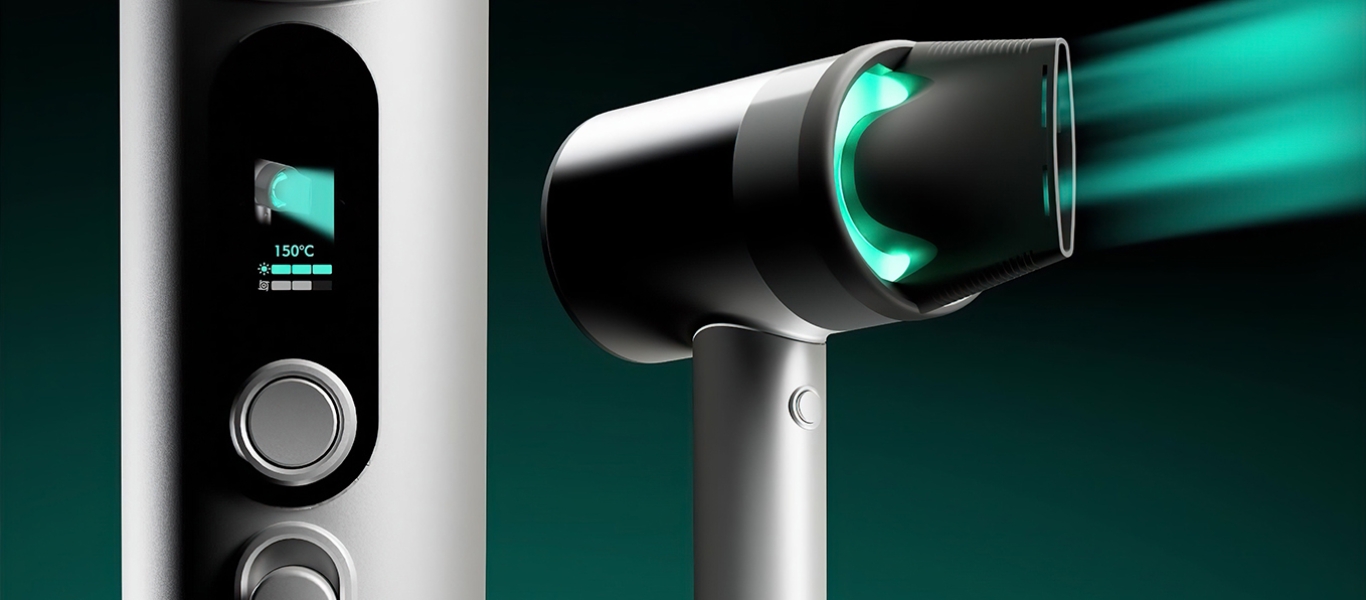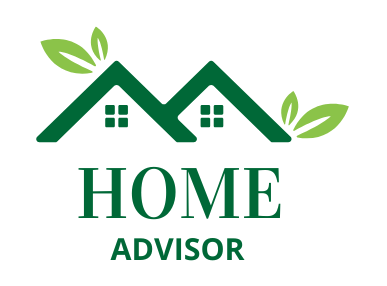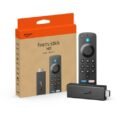Definition of Home Technology: Home technology refers to devices and systems. They automate tasks and enhance living comfort within a household. It encompasses everything from smart appliances to home entertainment systems and security solutions.
Also Read
Home technology streamlines household tasks. It provides homeowners with unparalleled convenience and control over their living environments. Smart devices integrate through wireless networks.
They allow centralized management, often through smartphone apps. This technological revolution includes energy-efficient appliances. It also includes voice-activated home assistants. Additionally, it includes remotely controllable lighting and heating systems.
It aims to increase the functionality of homes. This makes daily routines simpler and more enjoyable. As technology evolves, homes are becoming increasingly connected. This fosters a market that caters to convenience and energy savings. The market also addresses homeowners’ diverse needs and preferences.

Credit: www.koreatimes.co.kr
The Evolution Of Home Technology
The journey of home technology is a fascinating tale of change. Over time, the gadgets and devices in our homes have evolved. They’ve gone from simple manual tools to sophisticated digital assistants. Let’s explore how home technology has transformed. It’s made daily life more convenient and efficient.
From Manual To Automatic
Home technology began with basic manual tools. Things like hand-cranked washing machines and iceboxes were common.
In the shift from manual to automatic, inventions like the electric stove and vacuum cleaner changed the game. These devices offered unprecedented ease and saved time.
Soon, remote controls let us change TV channels without leaving the couch. Programmable devices, like thermostats, meant we could control our environment with the push of a button.
The Rise Of The Internet Of Things (IoT)
Now, the Internet of Things (IoT) represents a giant leap in home technology. This world includes devices connected to the internet, working together to make life smoother.
- Smartphones control everything from security cameras to light bulbs.
- Voice assistants, like Amazon Alexa and Google Assistant, play music or provide weather updates on command.
- Smart refrigerators track expiration dates, create shopping lists, and even display family photos.
These technologies not only offer convenience but also help us manage energy usage and enhance home security. The IoT has made our living spaces more interactive and responsive than ever.
Essentials Of Smart Home Technology
The Essentials of Smart Home Technology transform houses. They become interconnected, efficient, and convenient living spaces. With the right devices, homeowners can automate tasks. They can optimize energy use and enjoy unparalleled control over their environment.
Let’s dive into the core makeup of these intelligent systems. We’ll also discuss how they integrate seamlessly into daily life.
Core Components
A well-designed smart home rests on several foundational pieces. These components work together to provide automation, control, and monitoring capabilities:
- Smart Hubs: Central units that communicate with various devices.
- Sensors: Detect changes in the environment like motion or temperature.
- Actuators: Execute actions based on commands, like locking a door.
- Controllers: Devices like smartphones or remotes used to manage the system.
Connectivity And Compatibility
For a smart home to operate smoothly, its devices must connect and communicate effectively. Here’s how:
| Connectivity Options | Compatibility Requirements |
|---|---|
|
|
Selecting compatible devices ensures a seamless user experience and prevents technical issues. Check for compatibility lists before purchasing new gadgets to add to your network.
Smart Living: Comfort Meets Convenience
Imagine living in a house that knows you well. A home that makes life easier and saves money. This is not a dream. It’s what we call smart living. Home technology brings comfort and convenience into our lives. Let’s dive into how homes are getting smarter every day.
Home Automation Systems
Home automation is like having a magic wand. With just a touch, lights turn on, doors lock, and music plays. It means controlling your home with a smartphone or voice commands. Here are top features of home automation:
- Security: Cameras and alarms keep your home safe.
- Convenience: Manage your house from anywhere.
- Comfort: Set the perfect room temperature.
- Entertainment: Control TVs and speakers with ease.
Energy Management And Savings
Saving energy is good for the planet and your wallet. Smart homes help you use less power. Here’s how they manage energy:
| Feature | Benefit |
|---|---|
| Smart Thermostats | Keep your home cozy and cut bills. |
| LED Lights | Last longer and use less electricity. |
| Solar Panels | Generate your own clean energy. |
| Smart Appliances | Use energy when it’s cheapest. |

Credit: www.loreal-finance.com
Security And Privacy In Smart Home Environments
Smart homes promise comfort and ease. But security and privacy can be a concern. Hackers could access data or control devices. Privacy leaks might happen. It’s important to understand the risks and how to stay safe.
Advanced Surveillance Features
Smart home security has grown. It now includes high-tech cameras and sensors. These systems can tell who is a friend or a stranger. Some features include:
- Facial Recognition: Cameras identify family members and known guests.
- Motion Detection: Smart sensors catch any unexpected movement.
- Remote Access: Check on your house from anywhere with a smartphone.
Data Protection Concerns
With smart homes, data vulnerability is a reality. Hackers could steal personal information. Devices can fail to keep data safe. Owners must protect their information.
| Concern | Solutions |
|---|---|
| Hacking Risks | Use strong passwords. Update devices regularly. |
| Encryption | Ensure devices use encrypted signals. |
| Data Collection | Know what data is collected. Control sharing settings. |
The Future of Home Technology
The home of the future will be smarter, more efficient, and tailored to our needs. Home technology is evolving rapidly, bringing advanced capabilities to our daily lives. Now, our living spaces are set to transform with innovations that will make convenience and personalization paramount.
Integrating Ai For Personalization
Artificial intelligence is reshaping how we interact with our homes. It offers a personalized experience like never before. Imagine a house that knows you, from the temperature you prefer to the way it can optimize energy usage based on your habits.
- AI-powered voice assistants that manage your schedules
- Systems that adjust lighting and temperature for each room’s occupant
- Intelligent appliances that learn and adapt to your cooking preferences
Smart Home Trends To Watch
To stay ahead, it’s key to know the emerging trends. Here are several smart home features gaining momentum:
| Technology | Benefits |
|---|---|
| Touchless Interfaces | Hygiene and hand-free convenience |
| Home Health Monitoring | Non-intrusive health updates and alerts |
| Energy-Efficient Devices | Cost savings and eco-friendly living |
Further trends include mesh Wi-Fi systems for seamless connectivity, advanced security cameras with facial recognition, and integrated home systems you can control with a tap on your smartphone.

Credit: news.samsung.com
Frequently Asked Questions For Definition of Home Technology
What Is Home technology Integration?
Home technology integration refers to the seamless merging of various tech systems and devices in a home environment. It allows centralized control of features. These include lighting, heating, security, and entertainment.
Can Smart Homes Save Money?
Yes, smart homes can save money. Smart thermostats optimize heating and cooling. Intelligent lighting and appliance control reduce unnecessary power usage. This leads to lower utility bills.
What Are Common Home technology Systems?
Common home technology systems include smart thermostats, security cameras, and multi-room audio systems. They also include smart lighting and home automation controllers. They also include networked appliances that offer convenience and energy efficiency.
How Does Home Tech Improve Security?
Home technology improves security by integrating smart locks, surveillance cameras, and alarm systems. These systems can be monitored remotely. This enables timely alerts and responses to potential security breaches.
Conclusion
Wrapping up, home technology redefines our living experience, blending convenience with innovation. It transforms mundane tasks into seamless activities, boosting efficiency and comfort.
Embracing these smart solutions brings the future of living into our homes today. Stay connected and keep exploring for the next leap in home tech advancements.



